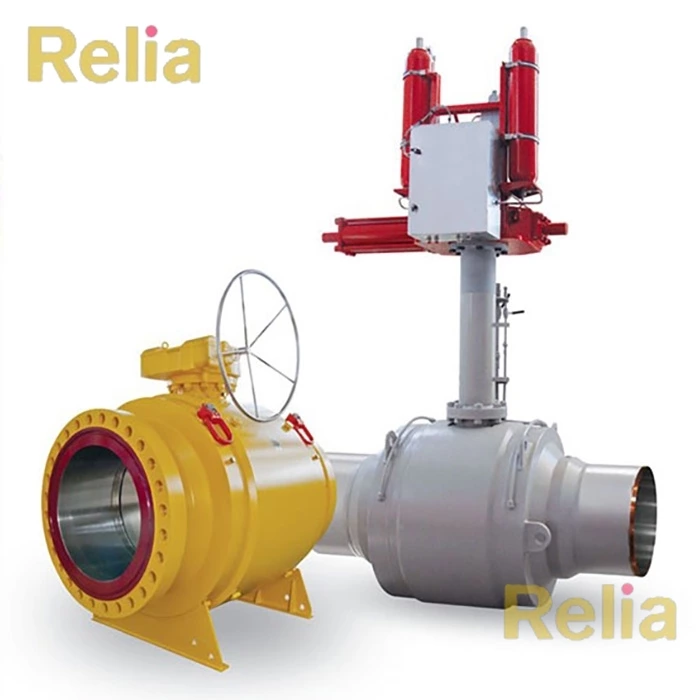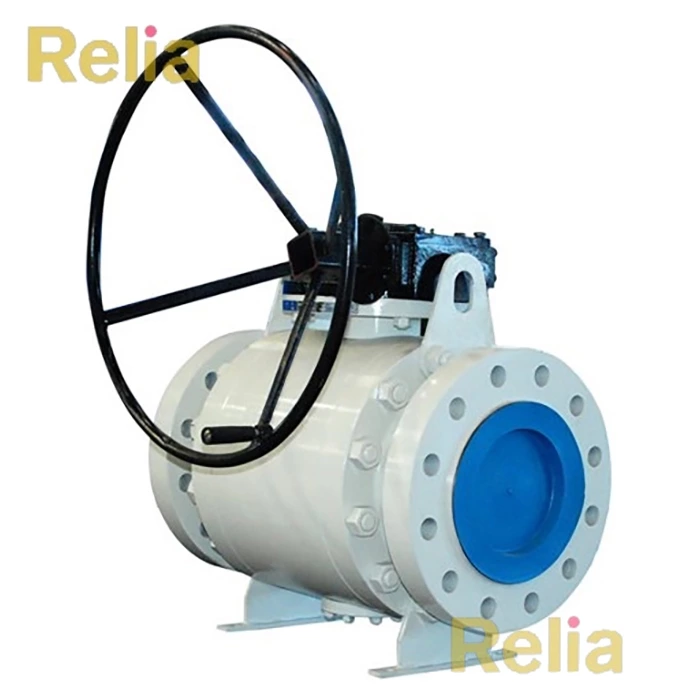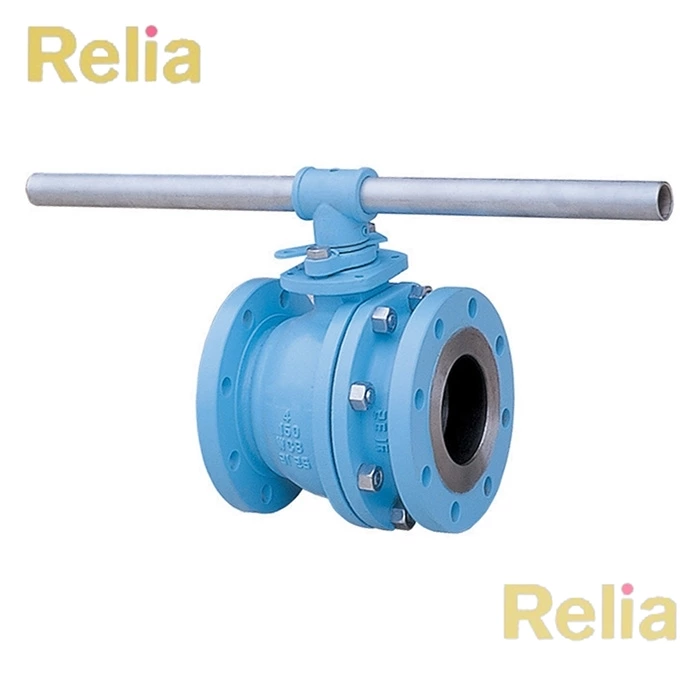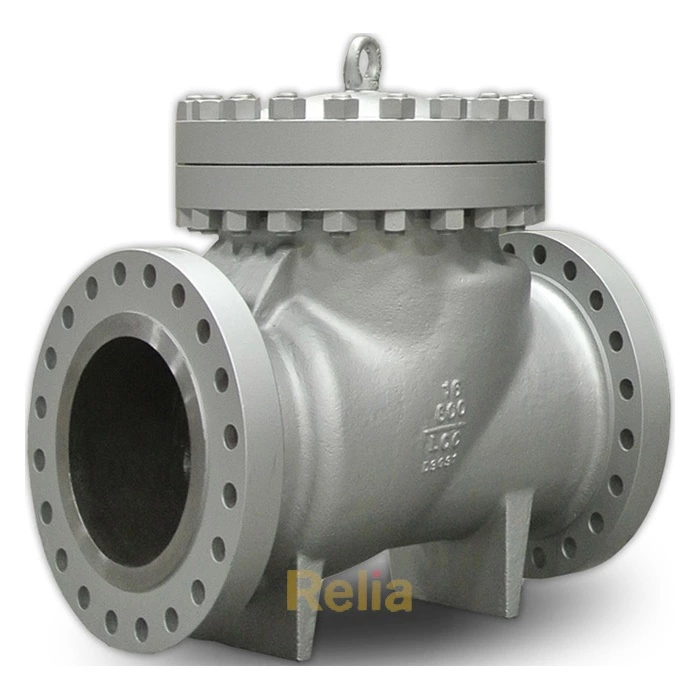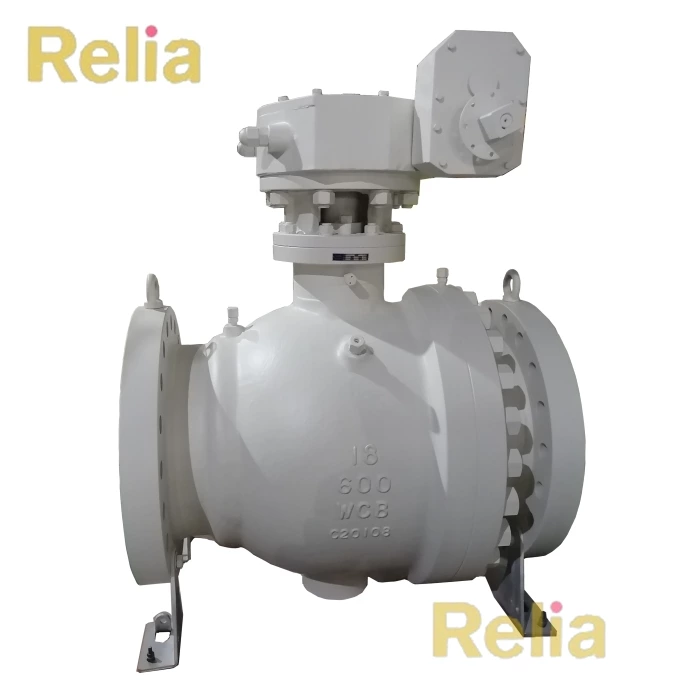ASME B31.8: Gas Transmission and Distribution Piping Systems
802.1 Scope
(a) ASME B31.8 covers the design, fabrication, installation, inspection, and testing of pipeline facilities used for the transportation of gas. This Code also covers safety aspects of the operation and maintenance of those facilities. (See Mandatory Appendix Q for scope diagrams.)
This Code is concerned only with certain safety aspects of liquefied petroleum gases when theyare vaporized and used as gaseous fuels. All ofthe requirements of NFPA 58 and NFPA59 and of this Code concerning design, construction, and operation and maintenance of piping facilities shall apply to piping systems handling butane, propane, or mixtures of these gases.
b) ASME B31.8 does not apply to
(1) design and manufacture of pressure vessels covered by the BPV Code 1
(2) piping with metal temperatures above 450°F (232°C) (For low-temperature considerations, see section 812.)
(3) piping beyond the outletofthe customer's meter set assembly (Refer to ANSI Z223.1/NFPA 54.)
(4) pipingin oil refineries ornatural gasoline extraction plants, gas treating plant piping other than the main gas stream pipingin dehydration, and all other processing plants installed as part of a gas transmission system, gas manufacturing plants, industrial plants, or mines (See other applicable sections of the ASME Code for Pressure Piping, B31.)
(5) vent piping to operate at substantially atmospheric pressures for waste gases of any kind
(6) wellhead assemblies, including control valves, flow lines between wellhead and trap or separator, offshore platform production facility piping, or casing and tubing in gas or oil wells (For offshore platform production facility piping, see API RP 14E.)
(7) the design and manufacture ofproprietaryitems of equipment, apparatus, or instruments
(8) the design and manufacture of heat exchangers (Refer to appropriate TEMA 2 standard.)
(9) liquid petroleum transportation piping systems (Refer to ASME B31.4.)
(10) liquid slurry transportation piping systems (Refer to ASME B31.4.)
(11) carbon dioxide transportation piping systems
(12) liquefied natural gas piping systems (Refer to NFPA 59A and ASME B31.3.)
(13) cryogenic piping systems
803.2 Piping Systems
component: an individual item or element fitted in line with pipe in a pipeline system, such as, but not limited to, valves, elbows, tees, flanges, and closures.
pipeline component: see component.
pipeline facility: newand existingpipelines, rights-of-way, and any equipment, facility, or building used in the transportation of gas or in the treatment of gas during the course of transportation.
pipeline section: a continuous run of pipe between a djacent compressor stations, between a compressor station and a block valve, or between adjacent block valves.
segment: a length ofpipeline orpartofthe system that has unique characteristics in a specific geographic location.
storage field: a geographic field containing a well or wells that are completed for and dedicated to subsurface storage of large quantities ofgas for later recovery, transmission, and end use.
transmission line: a segment of pipeline installed in a transmission system or between storage fields.
transmission system: one or more segments of pipeline, usuallyinterconnected to form a network, that transports gas from a gathering system, the outlet of a gas processing plant, or a storage field to a high- or low-pressure distribution system, a large-volume customer, or another storage field.
803.3 Distribution Systems
distribution main: a segment of pipeline in a distribution system installed to convey gas to individual service lines or other mains.
gas main: see distribution main.
gas service line: the piping installed between a main, pipeline, or other;source of supply and the meter set assembly.[See para. 802.1(b)(3).]
high pressure distribution system: a gas distribution piping system that operates at a pressure higher than the standard service pressure delivered to the customer. In such a system, a service regulator is required on each service line to control the pressure delivered to the customer.
low pressure distribution system: a gas distribution piping system in which the gas pressure in the mains and service lines is substantially the same as that delivered to the customer's appliances. In such a system, a service regulator is not required on the individual service lines.
803.4 Gathering Systems
gasstorageline: pipeline used for conveying gas between a compressor station and a gas well used for storing gas underground.
gathering line: a segment of pipeline installed in a gathering system.
gathering system: one or more segments of pipeline, usually interconnected to form a network, that meets one or more of the following criteria:
(a) transports gas from one or more production facilities to the inlet of a gas processing plant. If no gas processing plant exists, the gas is transported to the most downstream of one of the following:
(1) the point of custody transfer of gas suitable for delivery to a distribution system
(2) the point where accumulation and preparation of gas from separate geographic production fields in reasonable proximity has been completed
(b) transports gas within the gathering system for production or gathering uses such as compressor fuel gas, gas lift, heating, or other processes, the source of which is within the gathering system (i.e., upstream of a transmission system).
(c) is in conformance with the definition for gathering lines as defined in API RP 80. Refer to Mandatory Appendix Q, Figures Q-1 and Q-2 for additional clarifications.
803.7 Valves
block: a valve installed for the purpose of blocking or stop ping the flow of gas in a pipe.
check valve: a valve designed to permit flow in one direction and to close automatically to prevent flow in the reverse direction.
curb valve: a stop valve installed below grade in a service;line at;or near the property line, accessible through a curb;box or standpipe, and operable by a removable key or wrench for shutting off the gas supply to a building. This valve is also known as a curb shut off& ;or curb cock.
Excess flow valve: a valve designed to automatically stop or limit the flow in a gas service line when the gas flow exceeds the maximum anticipated flow during normal operations.
service line valve: a stop valve readily operable and accessible for the purpose of shutting off the gas to the customer's fuel line. The stop valve should be located in the service line ahead of the service regulator or ahead of the meter, if a regulator is not provided. The valve is also known as a service line shutoff, service line cock, or meter stop.
stop valve: see block valve.
